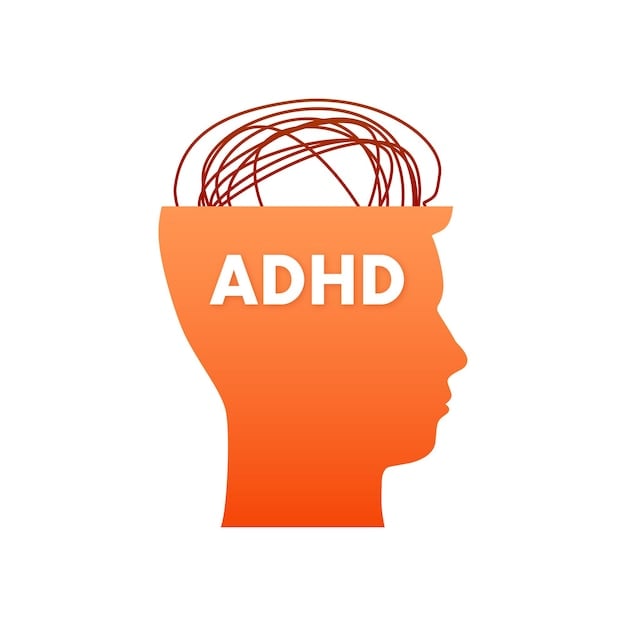The important part:
The current shortage of stimulant medications is the result of many factors. It began last fall due to a manufacturing delay experienced by one drug maker. While this delay has since resolved, we are continuing to experience its effects in combination with record-high prescription rates of stimulant medications. Data show that, from 2012 to 2021, overall dispensing of stimulants (including amphetamine products and other stimulants) increased by 45.5 percent in the United States. According to a U.S. Centers for Disease Control and Prevention report, particularly during 2020-2021, when virtual prescribing was permitted on a widespread basis during the COVID-19 Public Health Emergency, the percentages in certain age groups grew by more than 10 percent. We are calling on key stakeholders, including manufacturers, distributors, pharmacies, and payors, to do all they can to ensure access for patients when a medication is appropriately prescribed. We want to make sure those who need stimulant medications have access. However, it is also an appropriate time to take a closer look at how we can best ensure these drugs are being prescribed thoughtfully and responsibly.
Stimulants are controlled substances with a high potential for abuse, which can lead to addiction and overdose. Therefore, there are limits (also known as quotas) set by DEA for how much of these drugs can be produced. However, for amphetamine medications, in 2022, manufacturers did not produce the full amount that these limits permitted them to make. Based on DEA’s internal analysis of inventory, manufacturing, and sales data submitted by manufacturers of amphetamine products, manufacturers only sold approximately 70 percent of their allotted quota for the year, and there were approximately 1 billion more doses that they could have produced but did not make or ship. Data for 2023 so far show a similar trend.
We (DEA and the FDA) have called on manufacturers to confirm they are working to increase production to meet their allotted quota amount. If any individual manufacturer does not wish to increase production, we have asked that manufacturer to relinquish their remaining 2023 quota allotment. This would allow DEA to redistribute that allotment to manufacturers that will increase production. DEA is also committed to reviewing and improving our quota process.


The DEA says that “manufacturers only sold approximately 70 percent of their allotted quota”, but we don’t get our medications from “manufacturers”; we get our medication from pharmacies, who often only carry 1 generic version of each medication in addition to the brand version. What percentage of generic manufacturers have hit their quota? My guess is that most of the slack is held by manufacturers of brand-name medication, while most of the limits are hitting manufacturers of generics.
Also, the “70 percent” stat is for “amphetamine products”, but what is that referring to, exactly? Adderall? Vyvanse, which is an amphetamine prodrug? All stimulants? (It wouldn’t surprise me, coming from the agency that likes to refer to all illegal drugs as “narcotics”.)
This narrative that the FDA and DEA is pushing – that manufacturers are somehow deciding not to make and sell medication that there is obvious demand for – does not pass the smell test. Maybe the DEA quotas aren’t to blame, but the notion that drug companies are deciding not to make and sell medication – the one thing we’ve been able to count on them to do historically – for some unknown reason that nobody is able to figure out is ludicrous.